Have you ever caught your feline friend in mid-stretch, back arched like a Halloween silhouette, and wondered why they do it? Cats are mysterious creatures, full of quirks that often leave us scratching our heads. This peculiar posture is more than just a stretch; it’s a language of its own. Understanding why cats arch their backs can deepen the bond between you and your furry companion. Let’s unravel the mystery behind this fascinating feline behavior, and explore the top eight reasons why cats arch their backs.
A Display of Affection and Trust
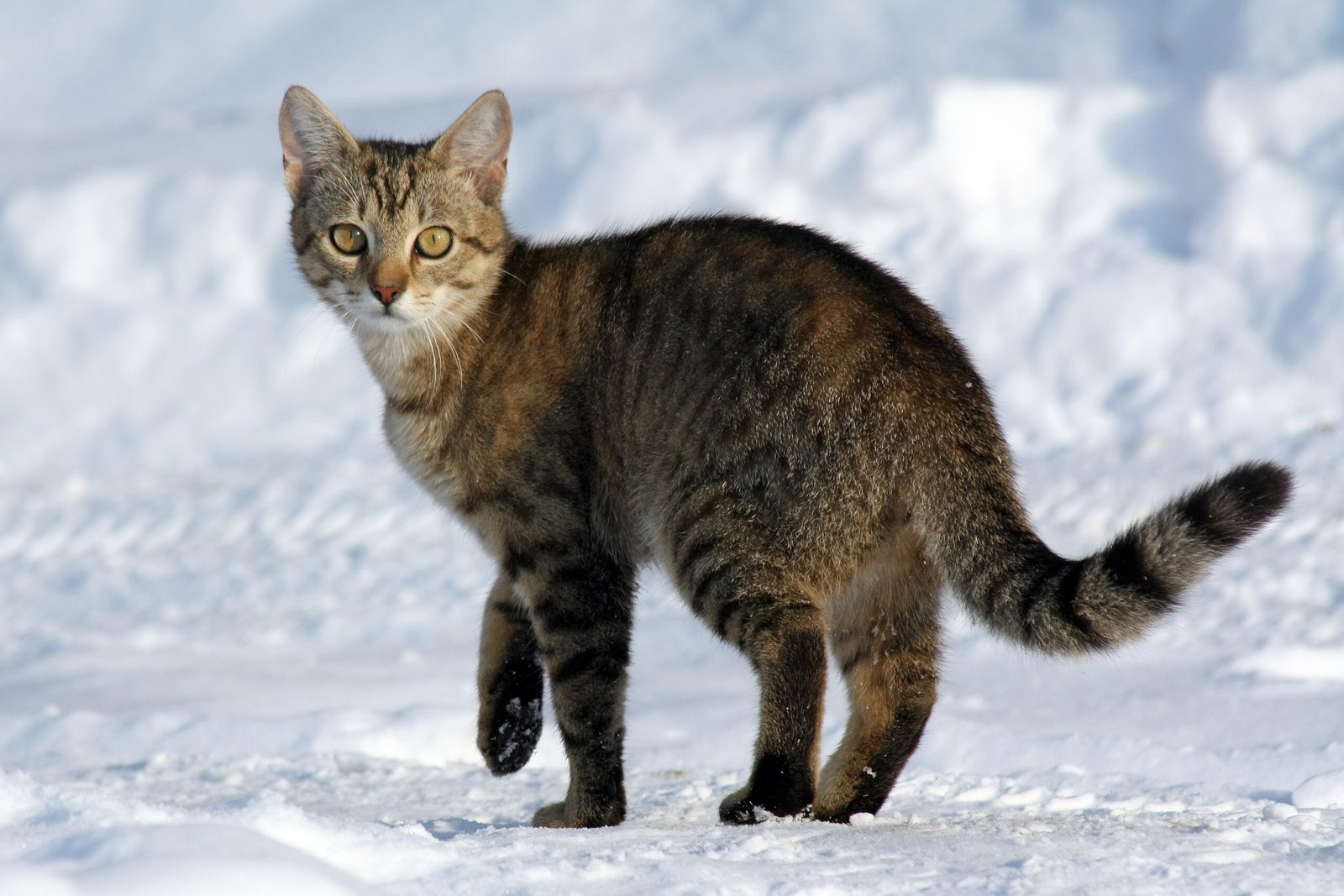
It’s one of the most iconic and mysterious feline moves—the arched back. Whether your cat is stretching, playing, or reacting to something unexpected, this posture can signal a wide range of emotions and physical needs. While it might look dramatic (or even a little spooky), there’s usually a good reason behind it. Understanding why cats arch their backs can help you better interpret their body language and respond to their needs with care.
One of the most heartwarming reasons a cat arches its back is to show affection and trust. When a cat approaches you with an arched back, it’s often accompanied by a gentle purr or a soft nuzzle. This is their way of saying, “I feel safe with you.” It’s akin to a human hug, a gesture of warmth and connection. Cats are known for being independent, so when they exhibit this behavior, it’s a special moment. If your cat arches its back while rubbing against you, cherish it. It’s a sign that your bond is strong and meaningful.
Stretching for Comfort
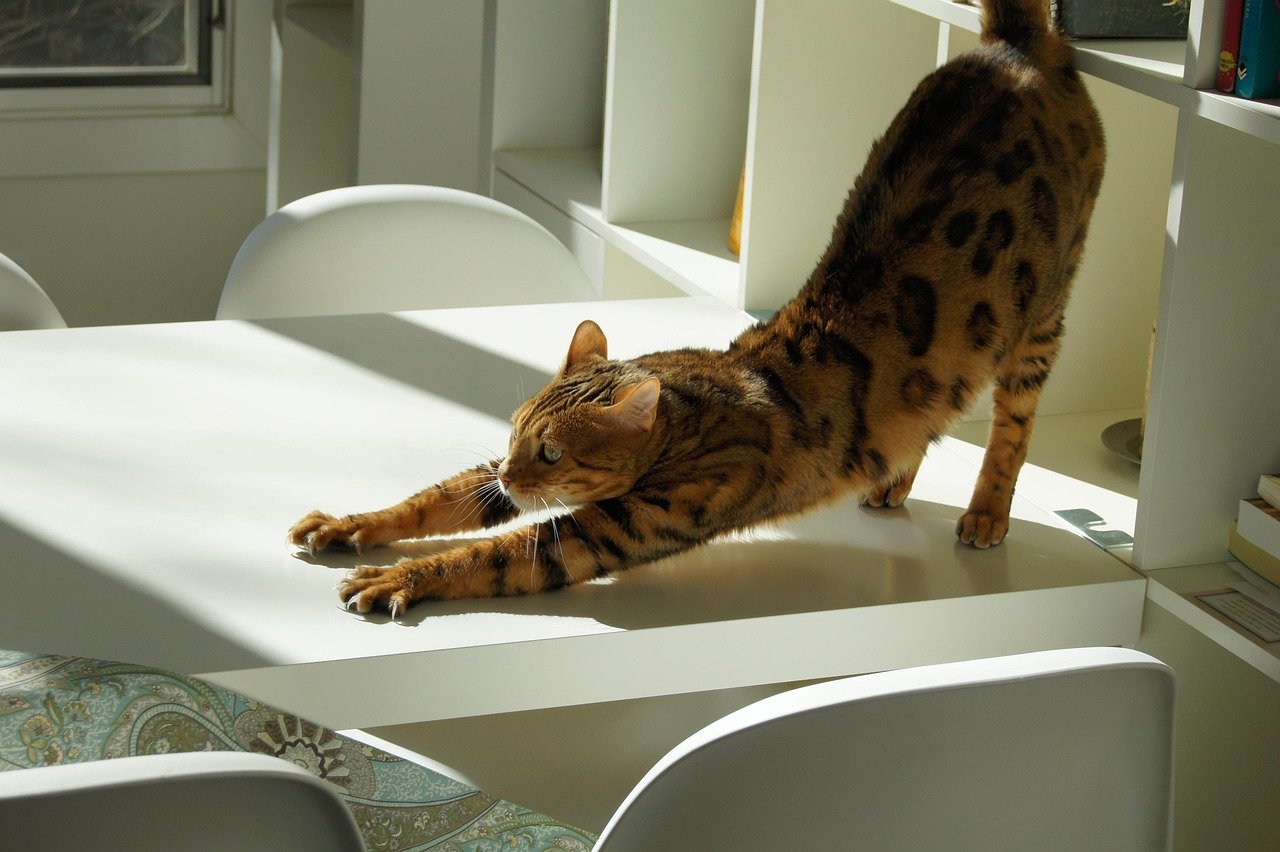
Just like humans, cats need to stretch to keep their muscles flexible and joints healthy. An arched back is a perfect stretch for them. Imagine waking up after a long nap; you might stretch your arms and legs to shake off the sleepiness. For cats, this arched posture helps them release tension and increase blood flow. It’s a routine part of their day, a moment to relax and rejuvenate. Next time you see your cat arching its back, think of it as their version of a yoga session.
Expressing Excitement or Playfulness

Cats are playful creatures, and an arched back can be an expression of excitement. When they engage in play, their bodies become animated, and an arched back often signals they’re ready to pounce. It’s a part of their playful antics, a way to show they’re in a fun mood. If you see your cat with an arched back, tail twitching, and eyes wide, it might be time to grab a toy and join in the fun. This playful posture is an invitation to engage and enjoy some quality time together.
Signaling Fear or Defense
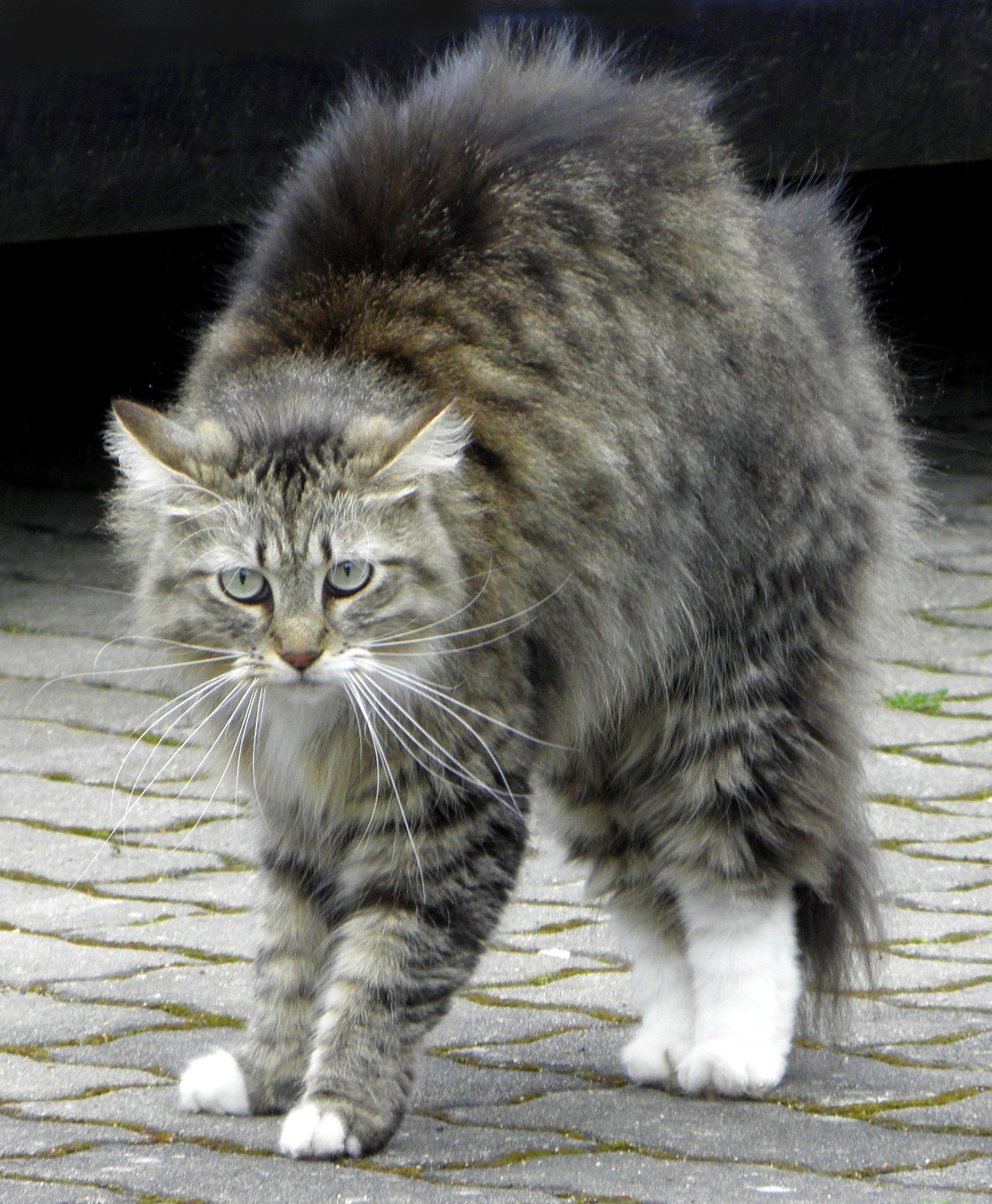
On the flip side, an arched back can be a defensive posture. When a cat feels threatened, it may arch its back to appear larger and more intimidating. This is often accompanied by puffed-up fur and a hiss. It’s a survival instinct, a way to ward off potential threats. If you notice this behavior, it’s important to assess the environment and identify any stressors. Understanding this defensive mechanism can help you create a more comfortable and safe space for your pet.
Marking Territory
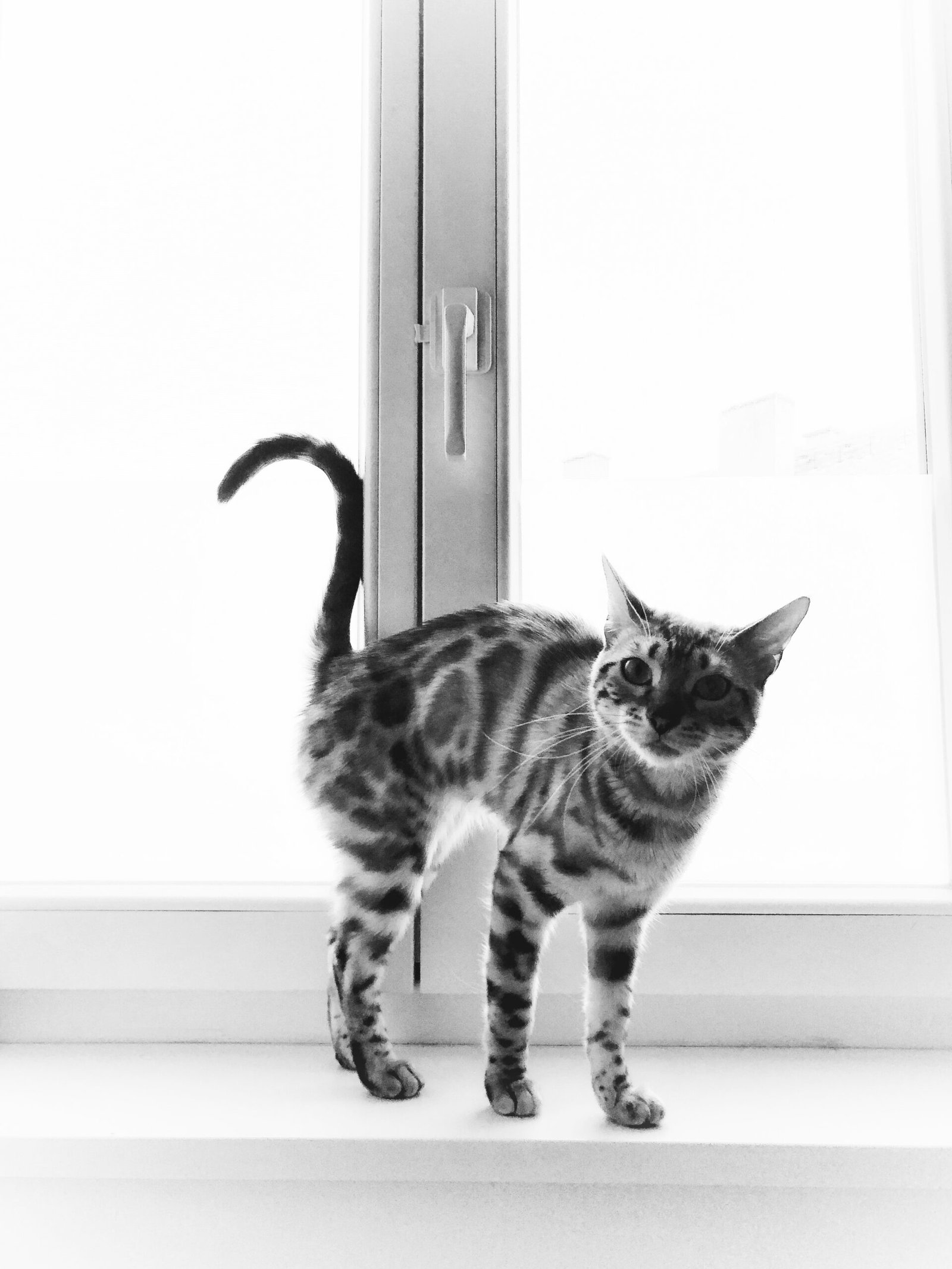
Cats are territorial animals, and arching their back can be a way to mark their territory. When they rub their scent glands against objects or people, their arched back helps them reach different areas. This behavior is a subtle way for them to claim ownership and feel secure in their environment. It’s a reminder that your home is their domain too. Recognizing this behavior can help you understand your cat’s need for space and security.
Communicating with Other Cats
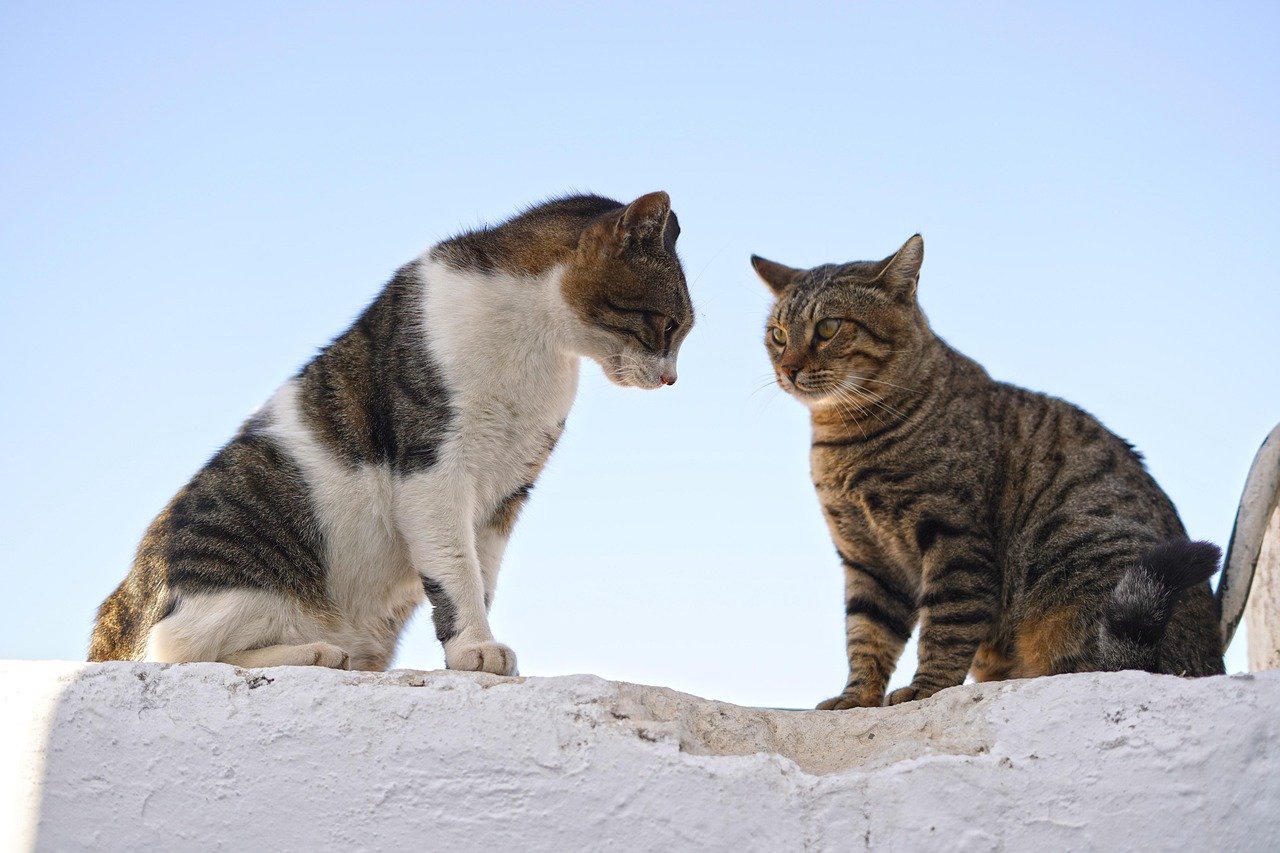
Feline communication is complex, and an arched back can convey messages to other cats. In multi-cat households, this posture can be a form of social interaction. It might signal submission or dominance, depending on the context. Observing how your cats interact with each other can provide insights into their social dynamics. This behavior is a fascinating glimpse into the world of feline communication, where body language speaks volumes.
Reacting to Unfamiliar Stimuli
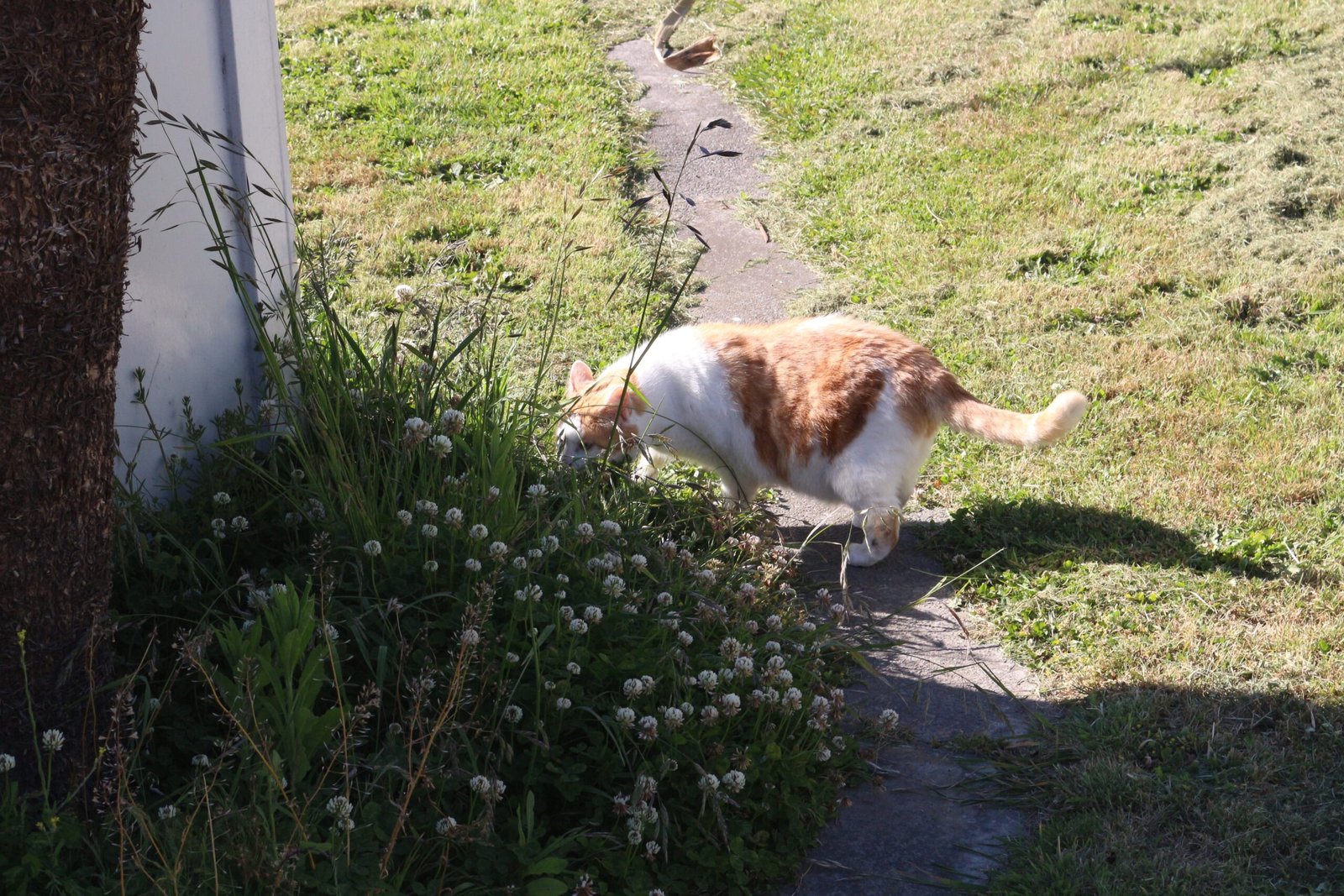
Cats are curious creatures, but they can also be cautious. An arched back might occur when they encounter something unfamiliar or startling. It’s a way for them to assess the situation and decide whether to approach or retreat. This reaction is a blend of curiosity and caution, a natural response to new experiences. Understanding this behavior can help you introduce new elements into your cat’s environment gently and thoughtfully.
Relieving Itchiness or Discomfort
Sometimes, an arched back is simply a response to itchiness or discomfort. Cats are meticulous groomers, and this posture allows them to reach those hard-to-scratch places. It might also be a way to relieve tension or discomfort in their back. If you notice your cat arching its back frequently, it might be worth checking for any skin irritations or discomfort. This behavior is a reminder of the importance of regular grooming and health check-ups.
In conclusion, the arched back of a cat is a multifaceted gesture, each curve telling a different story. From affection to defense, playfulness to caution, this posture is a window into the complex world of feline behavior. Understanding these reasons can enrich your relationship with your cat, turning everyday interactions into deeper connections. So, next time you see your cat arching its back, take a moment to appreciate the language they’re speaking.

Alex is a born and raised Capetonian with a strong love for animals and the outdoors. She is a Third-year veterinary student at the University of Pretoria in South Africa. She also completed a BSc in Animal Science at Stellenbosch University, where her passion for working with animals only strengthened. She has always surrounded herself with animals and has been fortunate enough to work closely with them.





